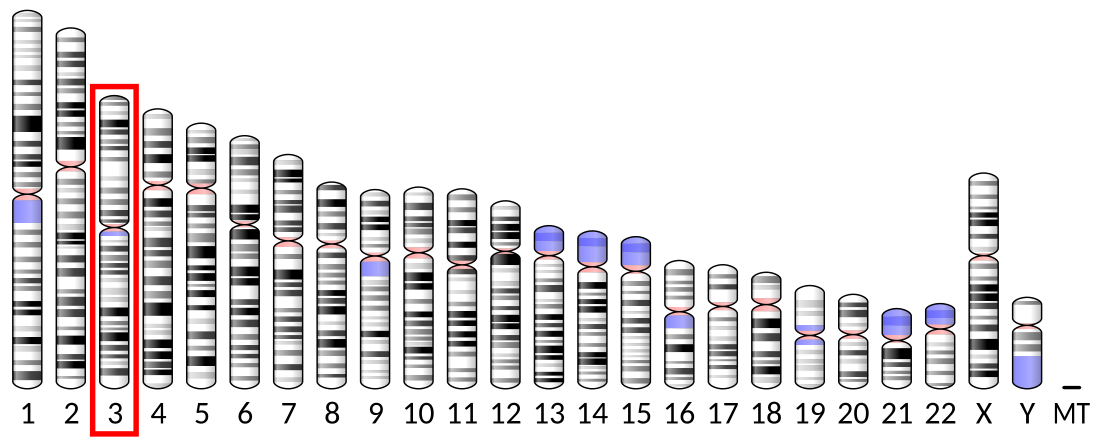Microtubule-associated protein 4 is a protein that in humans is encoded by the MAP4 gene.[5]
Quick Facts Identifiers, Aliases ...
Close
The protein encoded by this gene is a major non-neuronal microtubule-associated protein. This protein contains a domain similar to the microtubule-binding domains of neuronal microtubule-associated protein (MAP2) and microtubule-associated protein tau (MAPT/TAU). This protein promotes microtubule assembly, and has been shown to counteract destabilization of interphase microtubule catastrophe promotion. Cyclin B was found to interact with this protein, which targets cell division cycle 2 (CDC2) kinase to microtubules. The phosphorylation of this protein affects microtubule properties and cell cycle progression. Multiple alternatively spliced transcript variants encoding distinct isoforms have been observed, the full-length nature of three of which are supported.[6]
uMAP4, the ubiquitous isoform of MAP4, functions in the architecture and positioning of the mitotic spindle in human cells.[7] oMAP4 is predominantly expressed in brain and muscle and has been shown to organise microtubules into antiparallel bundles.[8] mMAP4 is a muscle-specific isoform.[8][9]




